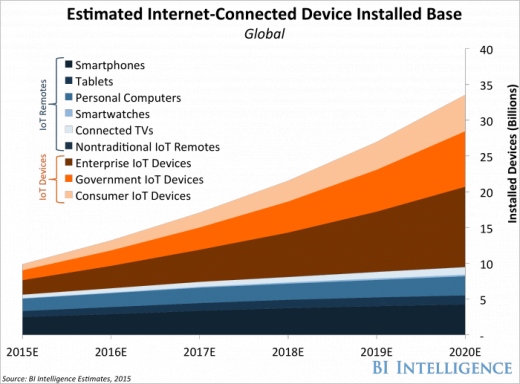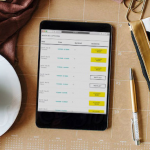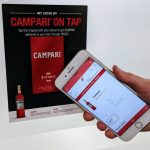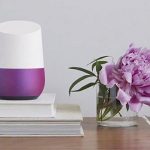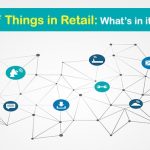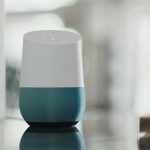How the Internet of Things changes everything
Contributor Michael Della Penna lays out the opportunities and the challenges facing marketers as billions of internet-connected data-producing devices continue to come on line every year.
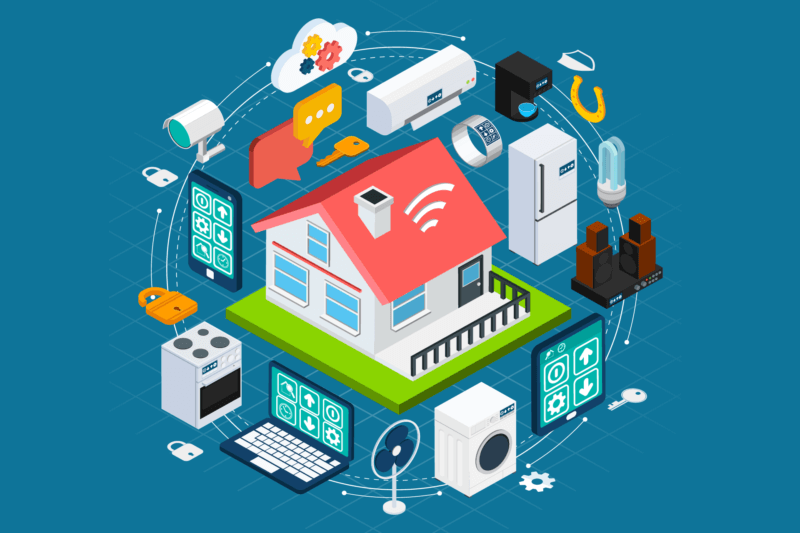
The Internet of Things (IoT) has been called the next Industrial Revolution, and it will have a profound effect on how marketers will need to understand, market and track consumers in the years ahead.
In fact, BI Intelligence, in a 2015 report, estimated that more than 34 billion devices will be connected to the internet globally by 2020, up from 10 billion in 2015. This includes a mix of standalone devices that can be monitored and/or controlled from a remote location, as well as remote-enabled devices (such as smartphones, connected/smart TVs, smart home and smart assistants like Amazon’s Echo).
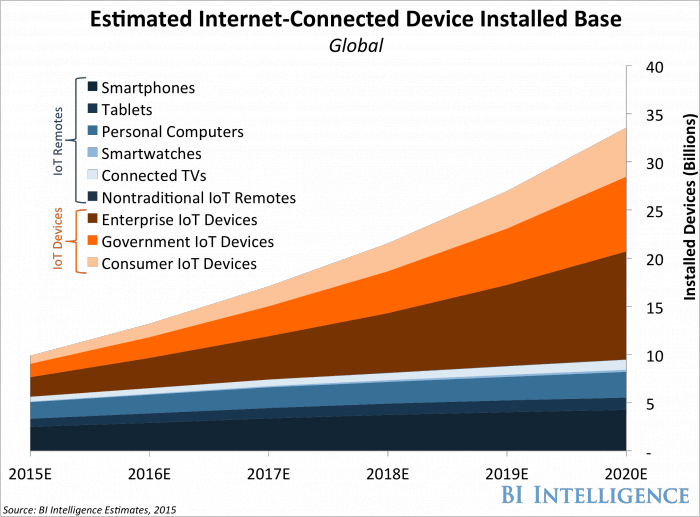
In many areas, the proliferation of these devices has already passed the tipping point. One such area includes connected/smart TVs. According to research firm IHS, more than half of all TV sets shipped in North America in Q1 2016 were Smart TVs, and in China, four out of five TVs had this connected functionality.
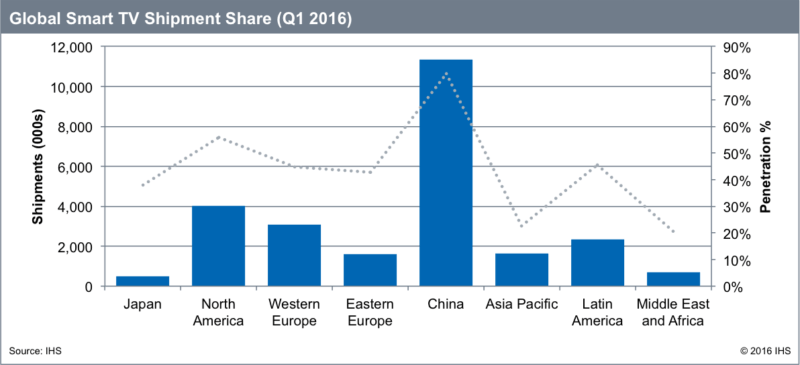
For marketers, understanding, targeting and tracking efforts focused on the connected consumer in a privacy-friendly and secure way will be everything.
Understanding the connected consumer
Early last year, the NPD Group found that the average number of devices per internet-connected home in the US came in at 7.8, up from just 5.7 in 2013.
Understanding what those devices are, and the associated interactions with them, will be invaluable as marketers seek to gather critical insights to enrich consumer profiles.
Discovering the presence of smart devices like a fitness tracker or the make, model and year of an auto from a Bluetooth connection will allow marketers to better predict future purchases and intent, and create better, more relevant experiences.
For marketers, capitalizing on the IoT explosion means looking to location intelligence platforms to better understand these connections and what they mean and say about the connected consumer. Used correctly, marketers can be relevant in their targeting and create experiences that better meet the interest and intent of the recipient regardless of device or channel.
Reaching the connected consumer
While time spent on and with IoT devices continues to increase dramatically, marketing spending is lagging. As an example, spending on mobile advertising represents just 12 percent of total spend, while the percentage of media-usage time dedicated to mobile has surpassed 25 percent and is still growing, according to a presentation by KPCB’s Mary Meeker.
In addition, creating personalized advertising experiences that understand who is on each device remains difficult, but that is changing. The use of identity graphs to connect multiple devices to an ID has become mission-critical. In addition, new identifiers, such as IP addresses, are increasingly being connected to identity graphs to support the rapidly growing connected/Smart TV opportunity.
Consequently, marketers will soon be able to better synchronize targeted, personalized marketing efforts at scale across multiple devices and channels. Look to key data providers such as Acxiom, Oracle, Signal, Drawbridge, Comscore, Tapad and more as they expand these capabilities to support the burgeoning IoT opportunity including connected/smart TVs.
Tracking the success of programs to the connected consumer
Once you’ve mined the data to identify the opportunities and begin marching towards synchronizing multichannel personalized marketing efforts, it’s time to think about attribution.
It will soon be essential to augment online tracking with new and emerging offline attribution solutions that allow you to measure uplift from your efforts, regardless of channel. Look for providers that can measure traditional digital channels like online/mobile, as well as offline tracking capabilities such as measuring out-of-home and connected TV conversion. These providers often leverage connected devices like smartphones and identity graphs, to track consumer exposure to marketing and then connect that with visits to a brand’s offline location.
When evaluating providers, ask for case studies, review their methodology and permission/privacy approach. Additionally, validate that the provider has demonstrated scale, accuracy and precision.
The privacy and security question
Finally, there is no doubt that the emergence of connected devices has led to improved productivity and efficiency. However, with that come concerns about the use of personal and private information, as well as the risk of that information’s exposure to outside threats and forces.
For providers, this means taking those threats seriously by limiting the collection of personally identifiable information (PII), strengthening defenses to outside cyberattacks, moving quickly toward self-regulation and abiding by the core tenets of notice, choice and access for transparency with the consumer.
The IoT opportunity is a sea change for both marketers and providers — requiring everyone to develop new skill sets, technologies, types of data, and, above all else, standards for the responsible use of this data. However, if leveraged correctly, marketers will not only be able to ride the wave of the billions of new IoT devices that will be coming online, but also reinvent the way they understand, market and track consumers in a connected world.
Some opinions expressed in this article may be those of a guest author and not necessarily Marketing Land. Staff authors are listed here.
Marketing Land – Internet Marketing News, Strategies & Tips
(35)

